Washed Ashore: New Exhibit Calls for Environmentalism
On May 8, the Green Bay Botanical Garden will debut Washed Ashore, a traveling exhibit bringing plastic pollution awareness to Northeast Wisconsin.
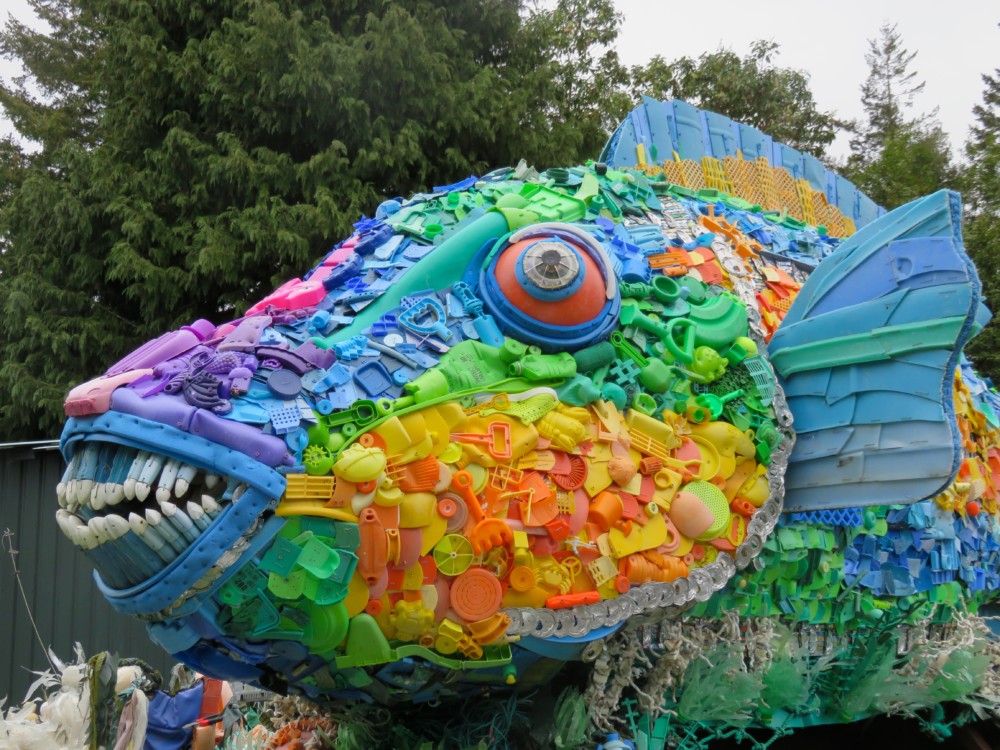
Washed Ashore encourages positive change in people’s habits with plastic waste, depicting sculptures created entirely from waste the company has reclaimed from the ocean.
“It’s just showcasing all those things like your flip flops, your fishing line, your bottle caps. … They don’t just go away,” says Garden Director of Education and Guest Experience Linda Gustke. “So by bringing the Washed Ashore exhibit to the Green Bay Botanical Garden, we also wanted to bridge the gap from pollution in the ocean to pollution in our Great Lakes [which] are part of the livelihood of over 40 million people.”
All of the sculptures have what Gustke calls “interpretive signs” to go along with them.
“On all of the signs that are by the sculptures [have] some calls to action, some ways that people can change their daily lives to improve their usage of different materials.”
Gustke wants not only this exhibit, but future exhibits to continue to portray the Garden’s environmental sustainability mission.
“We want people to see it, to understand where this plastic is coming from, and then make that connection to their own lives,” Gustke says. “[Such as] different changes that they could make simply to improve the health of our water and extended to the health of the fish, the animals and plants that live in the water. But, then also to us, who depend on that water for drinking, for manufacturing, for power, for so many different things.”
There is a gift shop with limited food and drinks for guests; however, many families bring their own food and make use of the grounds’ patio tables or open lawn space.
“[Families] can really make a day out of it,” Gustke says. “They can just bring a blanket along and have a picnic in the grass if they like.”
Other family activities include a scavenger hunt and “discovery boxes.”
“[The scavenger hunt] gets them to all of the sculptures and learning a little bit more about what’s going on with the [them] and their importance,” Gustke says. “But then also pretending to be a sea star or eating like a shark — things like that. So, it encourages them to take some action.”
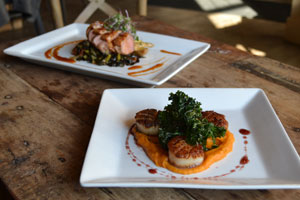
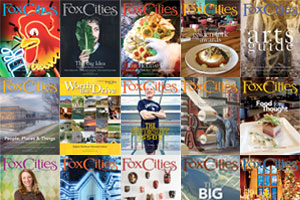

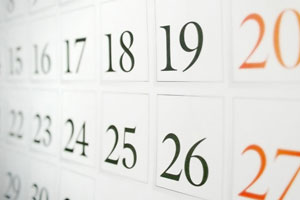
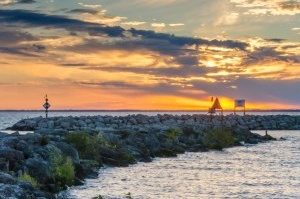






Leave a Comment